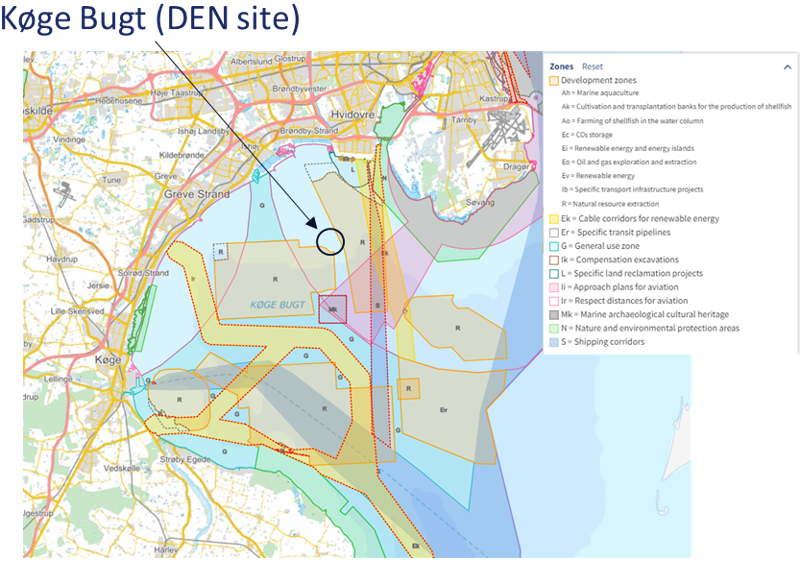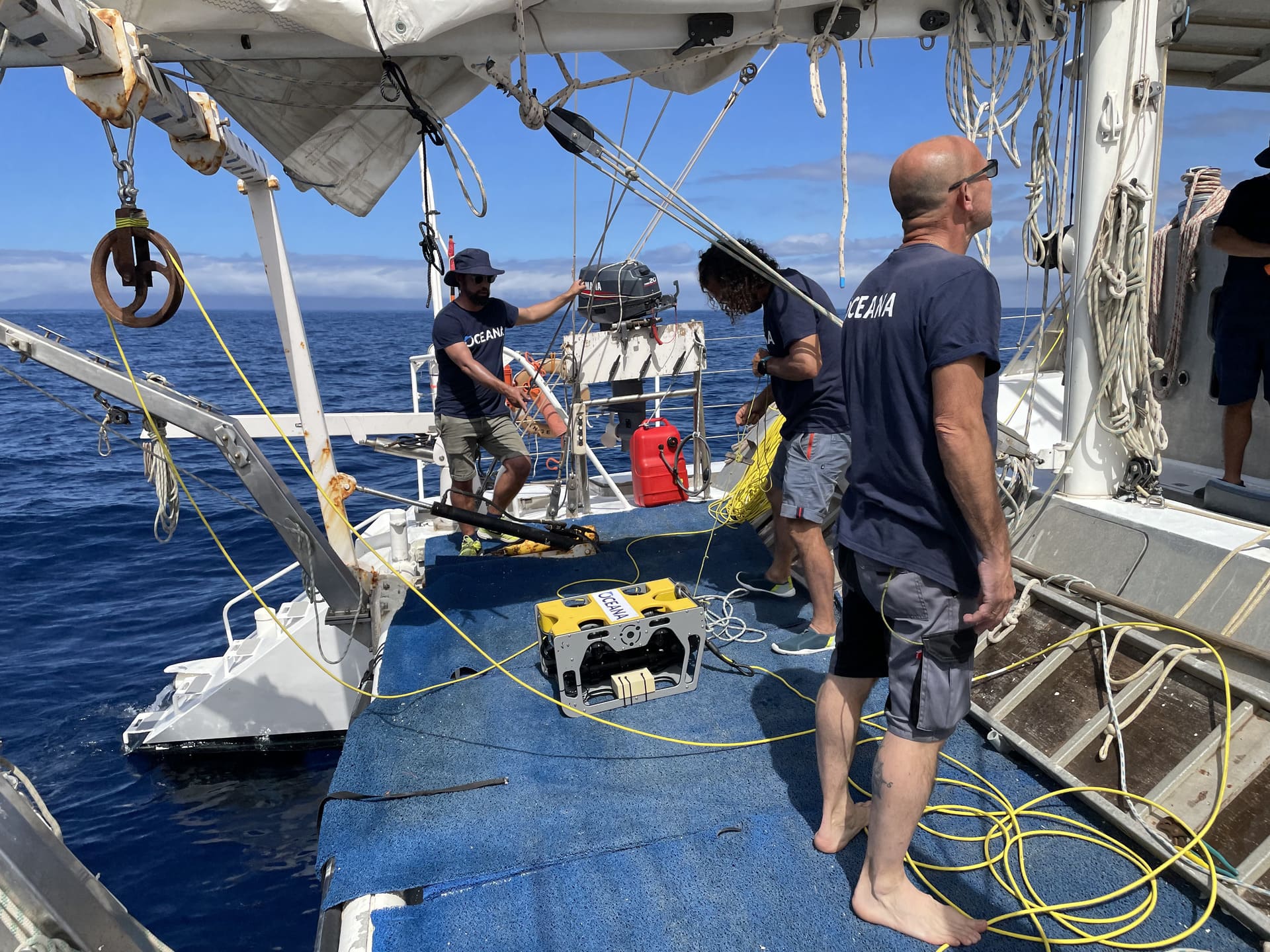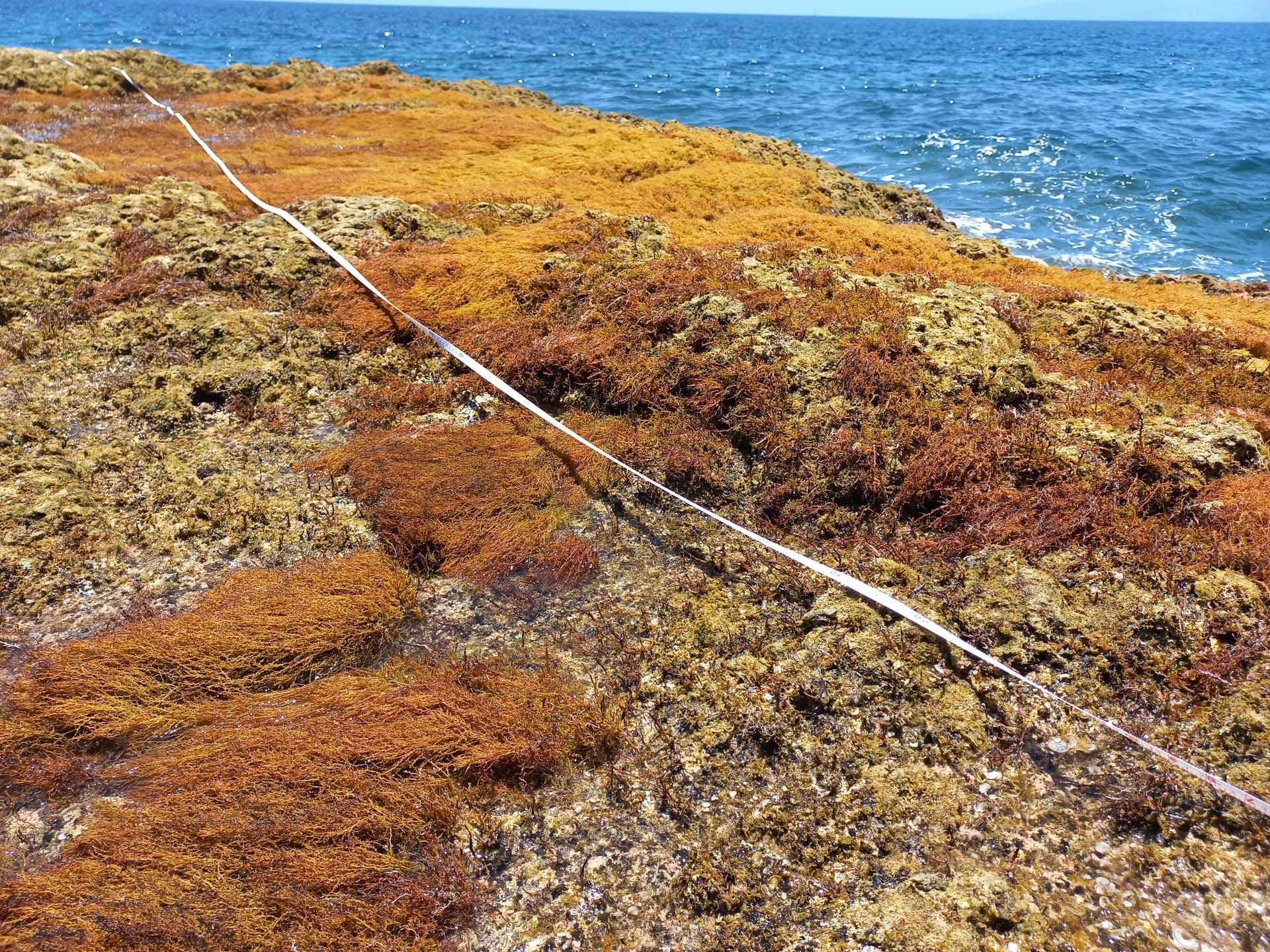As the project’s journey progresses and we have witnessed the initial field actions, it’s time to delve deeper into each of the five pilot sites. As highlighted in the first article of this series, each pilot site faces its own set of unique environmental pressures that require tailored attention and solutions.
For our second article, we turn our focus to Denmark’s Inner Danish Water (IDW), a region that encompasses the Kattegat, the Great Belt, the Little Belt, and the Oresund. This area has faced significant pressures over time, which have created a range of current challenges and raised questions about the future of its marine ecosystems.
The Danish pilot site of OCEAN CITIZEN is situated in Koge Bay (see image below), just south of Copenhagen, in the southern part of the Oresund.
The following text examines the historical, present and future pressures on the IDW region to offer a comprehensive view of the area and discuss present and future challenges that affect the health and sustainability of local marine ecosystems.

Photo credit: Havplan.dk
“The OCEAN CITIZEN site in Køge Bay is positioned just south of Copenhagen in the southern part of the Øresund, Denmark. This piece of the ocean is heavily contested by many different interest groups, and it can be difficult to find adequate space for nature restoration projects” Lars Emil Juel Andersen, research assistant DTU Aqua.
Past
Historically, the IDW region supported a thriving marine ecosystem, however the ecosystem has been heavily affected, with several factors contributing to these changes.
Intense fishing in the mid to late 20th century led to severe declines in many populations. During this period, a lack of effective fisheries management and regulation also allowed unsustainable fishing practices, resulting in the depletion of key species including the Atlantic cod.
Untreated sewage from urban areas and a boom in the use of fertilizers in agriculture caused significant nutrient runoff in the IDW. This influx of nutrients resulted in widespread eutrophication, characterized by frequent algal blooms and hypoxic conditions, which adversely affected marine life.
Coastal development, dredging, trawling, and stone fishing—the historical practice of removing stones from the seabed for construction and other purposes—have all led to habitat destruction.
Present
Currently, eutrophication remains a persistent issue, although phosphate from untreated sewage has been minimized drastically. Unfortunately, excess amounts of nitrate continue to stress the marine environment. Recently, the Danish government proposed a plan to reduce nitrate runoff from agriculture. This issue remains a hot political topic, alongside fishing pressure and the methods used.
Invasive species have also become an increasing problem, often introduced through ballast water from ships. These species can outcompete native species, disrupt habitats, and introduce diseases, causing significant ecological and economic impacts.
Furthermore, human activities such as coastal development, dredging, and trawling continue to destroy vital marine habitats like eelgrass meadows, mussel beds, and stone reefs, which are essential for many marine species, providing breeding grounds and feeding areas.
Several mitigation measures have been initiated to help the suffering marine environment. One example is the restoration of lost marine habitats by reestablishing reefs, as implemented in the OCEAN CITIZEN project.
Future
Looking forward, future management must focus on sustainable fishing practices, pollution control, and habitat protection and restoration. Implementing more stringent regulations and monitoring systems can ensure that fishing is conducted sustainably, reducing the risk of overfishing and allowing fish populations to recover.
Enhancing marine protected areas (MPAs) and restoring damaged habitats will be key to preserving biodiversity and ecosystem services. Restoration projects for eelgrass meadows, mussel beds, and reefs can help rebuild these critical habitats, supporting a more resilient marine ecosystem.
Increasing public awareness and engagement in conservation efforts will play a significant role in the future health of the IDW. To enhance these beneficial effects, local citizens should be incentivised to take part through educational programs, community involvement, and stakeholder collaboration, which can foster a culture of stewardship and sustainable use of marine resources.



